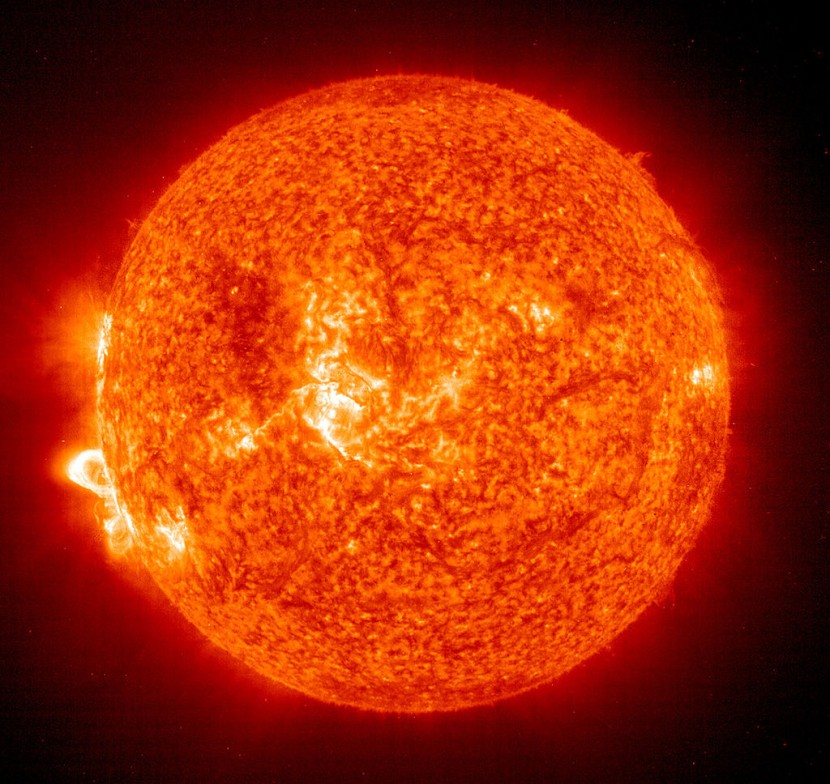
Two major solar flares erupted from the sun's surface, exciting scientists and disrupting radio communications here on Earth.
"X FLARE! Sunspot region AR3663 just produced an X1.7 flare, the 11th largest flare so far this cycle," solar physicist Keith Strong posted on X, the platform formerly known as Twitter.
"It was an impulsive flare lasting a total of about 25 minutes and peaking at 02:22 U.T. This is the 30th X flare so far during [solar cycle 25], compared to just 19 at the same stage in SC24."
X FLARE! Sunspot region AR3663 just produced an X1.7 flare, the 11th largest flare so far this cycle. It was an impulsive flare lasting a total of about 25 minutes and peaking at 02:22 U.T. This is the 30th X flare so far during SC25, compared to just 19 at the same stage in SC24 pic.twitter.com/zYgvqjm0Af
— Keith Strong (@drkstrong) May 3, 2024
Solar cycles are 11-year periods, during which time the sun's magnetic field flips. As the sun approaches its solar maximum, the number of sunspots increases. When this solar cycle ends, the number of sunspots will return to minimal levels.
Though our sun is at its solar maximum, it had been relatively quiet, until the recent solar flares recorded on May 2.
Solar flares are sorted into letter groups based on their size, with X flares being the largest, according to Space.com. Within each letter group, flares are further classified on a scale of 1 to 10 (or beyond 10, in the case of X flares), based on the relative strength of a given flare.
The recent solar flares were powerful enough to cause shortwave radio blackouts over Australia, Japan and parts of China. Solar flare radiation travels to Earth at light speed and causes an electrical charge to the planet's atmosphere.
"We can't ignore space weather, but we can take appropriate measures to protect ourselves," said NASA, according to Space.com. In addition to disrupting radio waves, the flares can also increase the risk of damage to spacecraft and satellites, as well as some terrestrial technology.
Scientists are continuing to observe the sun and its flares, as the solar cycle experiences its climax.
"Solar activity reached high levels," the National Oceanic and Atmospheric Administration's Space Weather Prediction Center said. "Solar activity is expected to range from moderate to high levels over [May 6.]"








